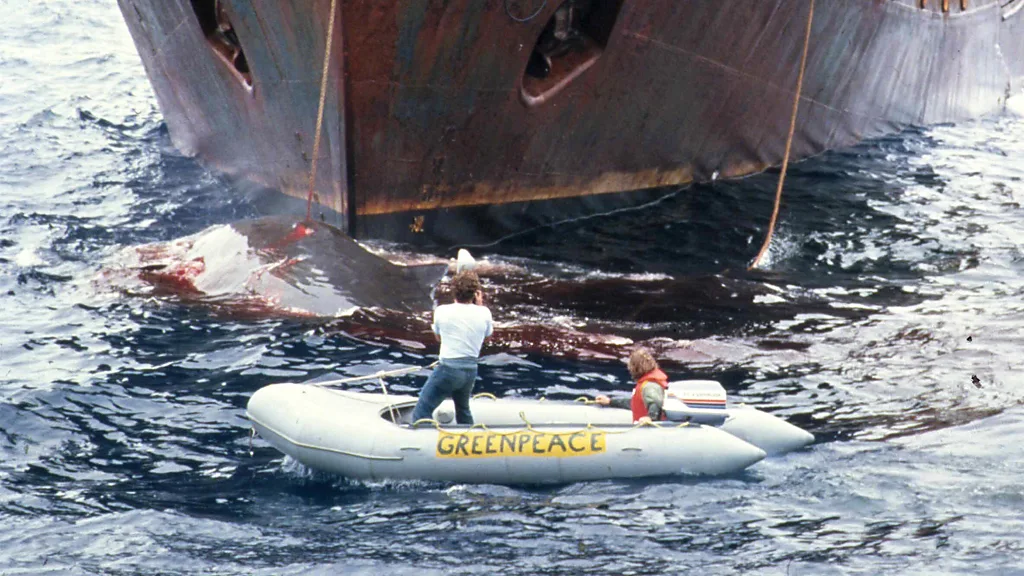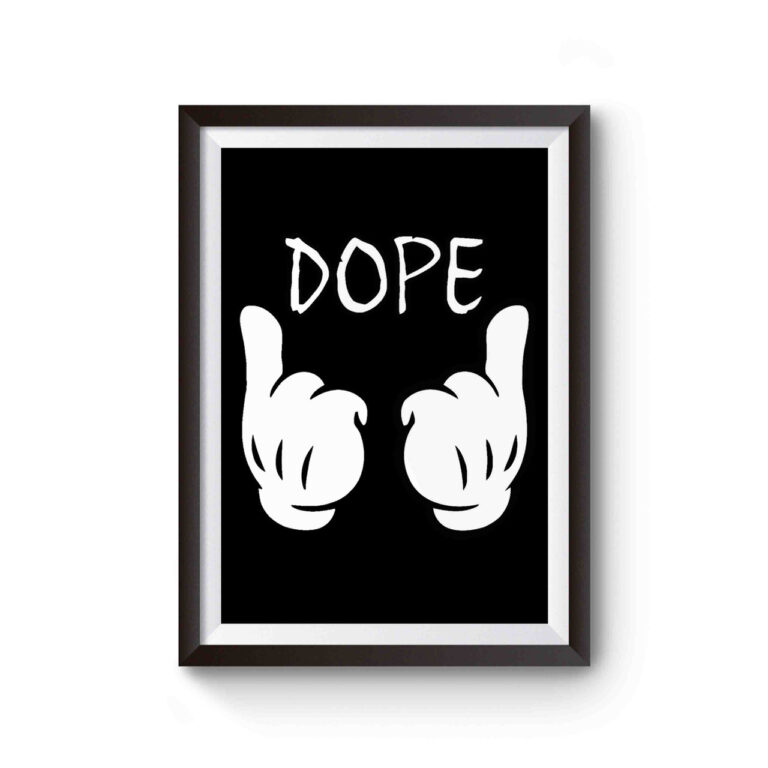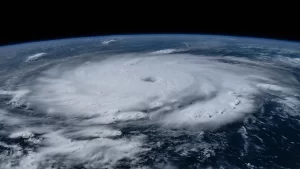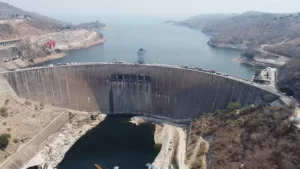A tiny group of Greenpeace activists came up with a novel proposal in the 1970s for ending commercial whaling.
A massive Soviet ship with a ready-to-fire harpoon cannon towers over a whale just below the bow, the whale’s massive open wound seeping blood into the chilly Pacific Ocean. According to the photographer of the iconic 1975 photo, Rex Weyler, it is an image that altered the world and launched Greenpeace’s “mind bomb” campaign (scroll down to see the snap below).
Weyler was one of the original Greenpeace activists that got together in Canada in the 1970s. Weyler was among the many who had fled the US to avoid being inducted into the Vietnam War. He recalls, “It is so hard to understand today, but there was no ecological movement at that time.” “We felt there should be a conservation movement on the same scale as other movements—there was the peace movement, the women’s movement, and the civil rights movement.”
We were ripped up inside. I recall being on the deck of the main Greenpeace boat and looking out across the water and feeling gut-wrenched—Rex Weyler
Weyler found out about the predicament of the whales through a Canadian author doing a book tour at the time. “At the time, whaling was associated with this Moby Dick stereotype. Tiny men in these tiny boats, up against these enormous whales. “Goliath was the whales,” he claims. “We wanted to change the perception of Goliath because, by the 1970s, whalers were using enormous boats with powerful diesel engines and 250-pound (113-kg) harpoons that would explode. And we desired to get that picture.”
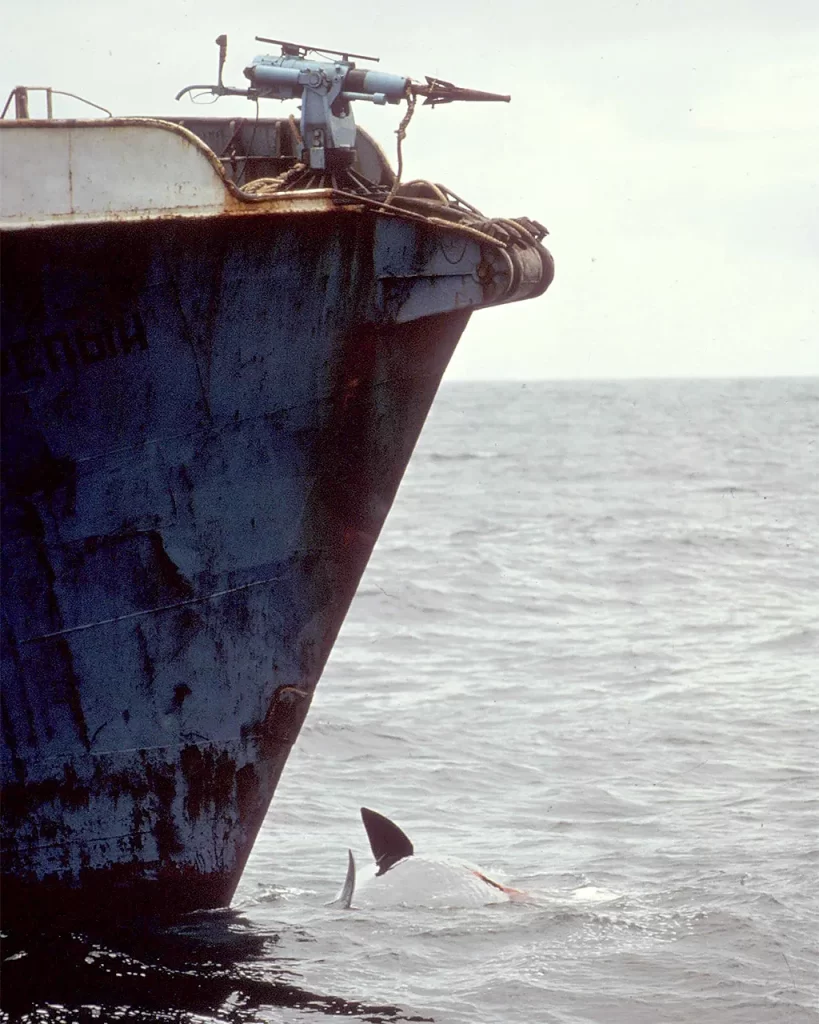
Whale hunting reached its height in the 1960s, when about 80,000 whales were killed annually. With the advancement of hunting technology, whalers could now outrun whales with their ships and harpoons.
Some nations, including Russia and Japan, disregarded the international agreement regulating whaling and continued to catch whales illegally in spite of the introduction of several whaling protection measures, such as the Regulation of Whaling International Agreement in 1937. Although the true number is thought to be significantly higher, the industrial whaling operations are estimated to have killed and captured 2.9 million big whales between 1900 and 1999.
According to Árni Finnsson, the chair of the Iceland Nature Conservation Association and a veteran ocean campaigner who worked for Greenpeace Sweden in the early 1990s, “the rapid reduction of whale species worldwide was obvious already in the 1960s.” “The International Whaling Commission (IWC) outlawed the hunt for blue whales in the North Atlantic in 1954, yet the whaling industry persisted in its excessive practices due to a lackluster management structure.”
The photograph was on the front page of virtually every newspaper. It was a stunning moment. It had been our dream—Rex Weyler
According to Finnsson, the UN Conference on the Human Environment demanded a 10-year ban on whaling in 1972. “The IWC disregarded this request by the international community and Greenpeace took action, at sea, in order to resist this brutal exploitation, notably against Soviet whaling fleets in the Pacific,” he continues. The newly established Greenpeace had been prepping the boat and crew for two or three years. “In 1975 we sailed out in little Zodiac inflatable boats to find a whaling fleet,” Weyler adds. “Back then, the media was the central theme of all of our efforts. So we decided we were going to blockade the whaling boats and get between the whales and the harpoon. We set out to locate the whalers, and we discovered the Russian whaling fleet off the coast of California.”
Since many of the group had worked in the media before, they realized they needed dramatic pictures to make this confrontation a worldwide news story. They soon came to refer to these operations as “thought bombs”; as Weyler notes, this word would serve as the foundation for Greenpeace’s advocacy. The concept of the “thought bomb,” which was conceived by Bob Hunter, an early Greenpeace member, centred on the media’s role as a worldwide conduit for ideas. According to Hunter, the revolution was a communications war in which mental bombs, not physical bombs, were the means of attack.
“We knew we had to take images, we knew it had to be spectacular. That was the whole point of the theatrical gesture, says Weyler, to get attention so we could discuss the situation of whales around the world and turn it into a news issue. However, it was not simple. He claims, “We all had to learn how to capture pictures and record videos from a small moving boat on a rough ocean.” “We were strapped in at the waist by a line as we stood at the zodiac’s bow. In order to keep the camera stable, we could lean back against that line, sort of acting as our own tripod and absorbing the boat’s motion.”
The hardest issue was getting a picture of the whales on camera. “Harpoon boats were pursuing them, forcing them to surface, exhale, inhale, and dive once more.” According to Weyler, there was hardly much to picture until the whales were struck by a harpoon. “I was mostly concerned with exposure, shutter speed, and related aspects,” he states. The realization of what he had seen struck him only after he had set down his camera.
“It was quite damaging. It was unlike anything we had ever seen. There was a ton of blood in the sea, whales flapping and splashing as they struggled and eventually perished, and we witnessed [the whaling vessels] harpooning whales.”Inside, we were torn to pieces. I remember feeling sick to my stomach as I stood on the main Greenpeace boat’s deck and looked out across the lake. Shocked by the truth of what we had just seen.”
Weyler remembers that the wharf was overrun with reporters when the team landed at a port near San Francisco. “That type of response caught us off guard. The pictures were desired by all.” The following morning, Weyler recalls getting up early to visit a newsstand to check if his picture had been in the newspaper. “I was wondering if we had made it, so I was ecstatic. I strolled through the streets until I came upon a newsstand, where the picture was featured on almost all of the front pages. It was an incredible moment. It had been our aspiration.”
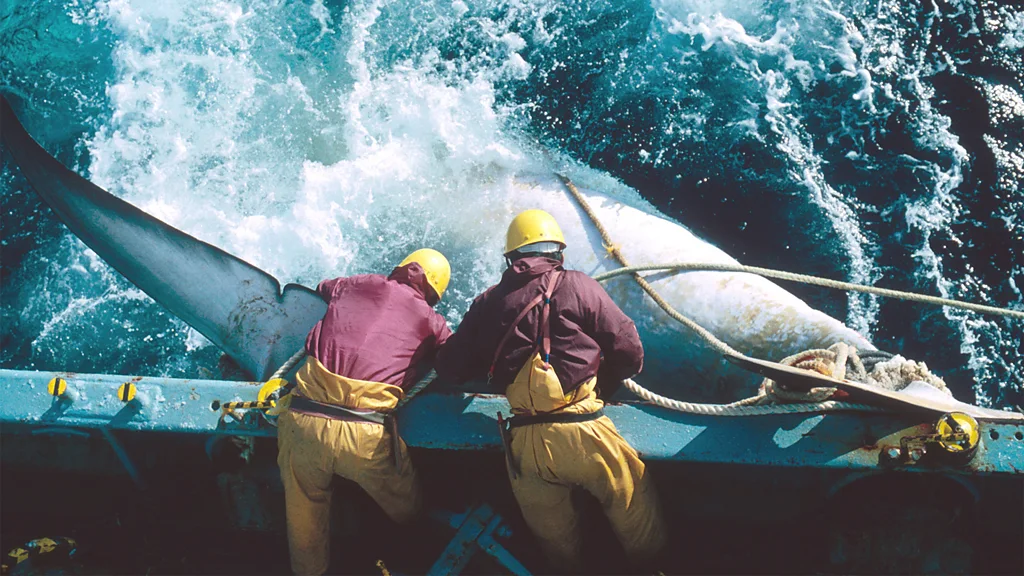
According to Weyler, the images were intended to depict protestors “not just standing up for human rights or peace,” but also for the rights of other animals. “When the people demand it, change happens,” he argues. “And we were trying to mobilize the populace to tell the government, ‘We have to preserve these species.’ I believe that this specific image played a major role in launching the modern global climate movement.” The International Whaling Committee eventually put a stop to commercial whaling in 1982 as a result of Greenpeace’s whaling campaign, and it outlawed the practice entirely in 1985. Consequently, larger whaling species—like humpbacks—have recovered quite well, reaching 93% of their pre-industrial hunting populations.
However, whaling for commercial purposes is still carried out, mainly by Japan, Norway, and Iceland. According to Finnsson, “the public was encouraged by Greenpeace’s actions, and in 1982, Greenpeace and other non-profits were essential in establishing a moratorium on commercial whaling that is still in place today.”




